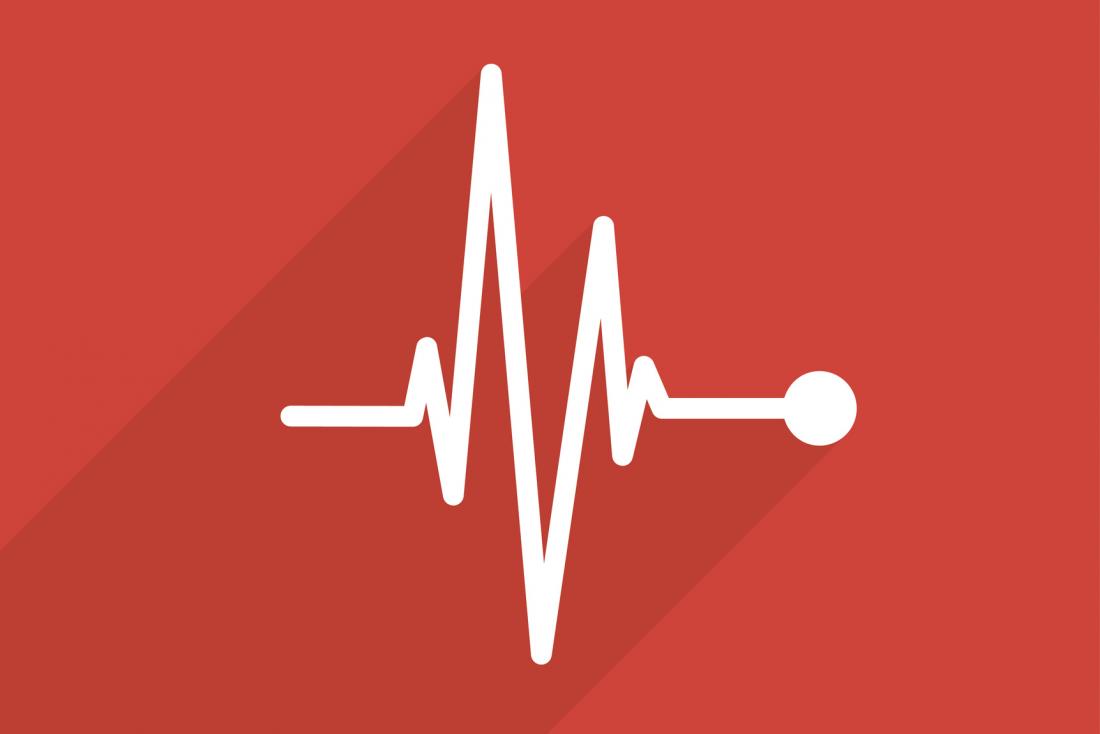What Should Your Heart Rate Be?
The heart rate is one of the ‘vital signs,’ or the important indicators of health in the human body. It measures the number of times per minute that the heart contracts or beats.
The speed of the heartbeat varies as a result of physical activity, threats to safety, and emotional responses. The resting heart rate refers to the heart rate when a person is relaxed.
While a normal heart rate does not guarantee that a person is free of health problems, it is a useful benchmark for identifying a range of health issues.
Fast facts on the heart rate
- The heart rate measures the number of times the heart beats per minute.
- After the age of 10 years, the heart rate of a person should be between 60 and 100 beats per minute while they are resting.
- The heart will speed up during exercise. There is a recommended maximum heart rate that varies depending on the age of the individual.
- It is not only the speed of the heart rate that is important. The rhythm of the heartbeat is also crucial, and an irregular heartbeat can be a sign of a serious health condition.
- One in every four deaths in the United States occurs as a result of heart disease. Monitoring your heart rate can help prevent heart complications.

The heart rate measures how many times the heart beats in 60 seconds.
It is important to identify whether your heart rate sits within the normal range. If disease or injury weakens the heart, the organs will not receive enough blood to function normally.
The United States National Institutes of Health (NIH) have published a list of normal resting heart rates.
The heart rate gets progressively slower as a person moves through childhood toward adolescence.
The normal resting heart rate for adults over the age of 10 years, including older adults, is between 60 and 100 beats per minute (bpm).
Highly trained athletes may have a resting heart rate below 60 bpm, sometimes reaching 40 bpm.
The following is a table of normal resting heart rates at different ages according to the NIH: The resting heart rate can vary within this normal range. It will increase in response to a variety of changes, including exercise, body temperature, emotional triggers, and body position, such as for a short while after standing up quickly.
The heart rate is the number of times the heart beats in the space of a minute.
The heart is a muscular organ in the center of the chest. When it beats, the heart pumps blood containing oxygen and nutrients around the body and brings back waste products.
A healthy heart supplies the body with just the right amount of blood at the right rate for whatever the body is doing at that time.
For example, being frightened or surprised automatically releases adrenaline, a hormone, to make the heart rate faster. This prepares the body to use more oxygen and energy to escape or confront potential danger.
The pulse is often confused with the heart rate but refers instead to how many times per minute the arteries expand and contract in response to the pumping action of the heart.
The pulse rate is exactly equal to the heartbeat, as the contractions of the heart cause the increases in blood pressure in the arteries that lead to a noticeable pulse.
Taking the pulse is, therefore, a direct measure of heart rate.
This mineral test checks for Magnesium, Copper, Selenium & Zinc. Get your results in 2-5 days from an accredited laboratory with free shipping, Order today for 30% off.

Comments